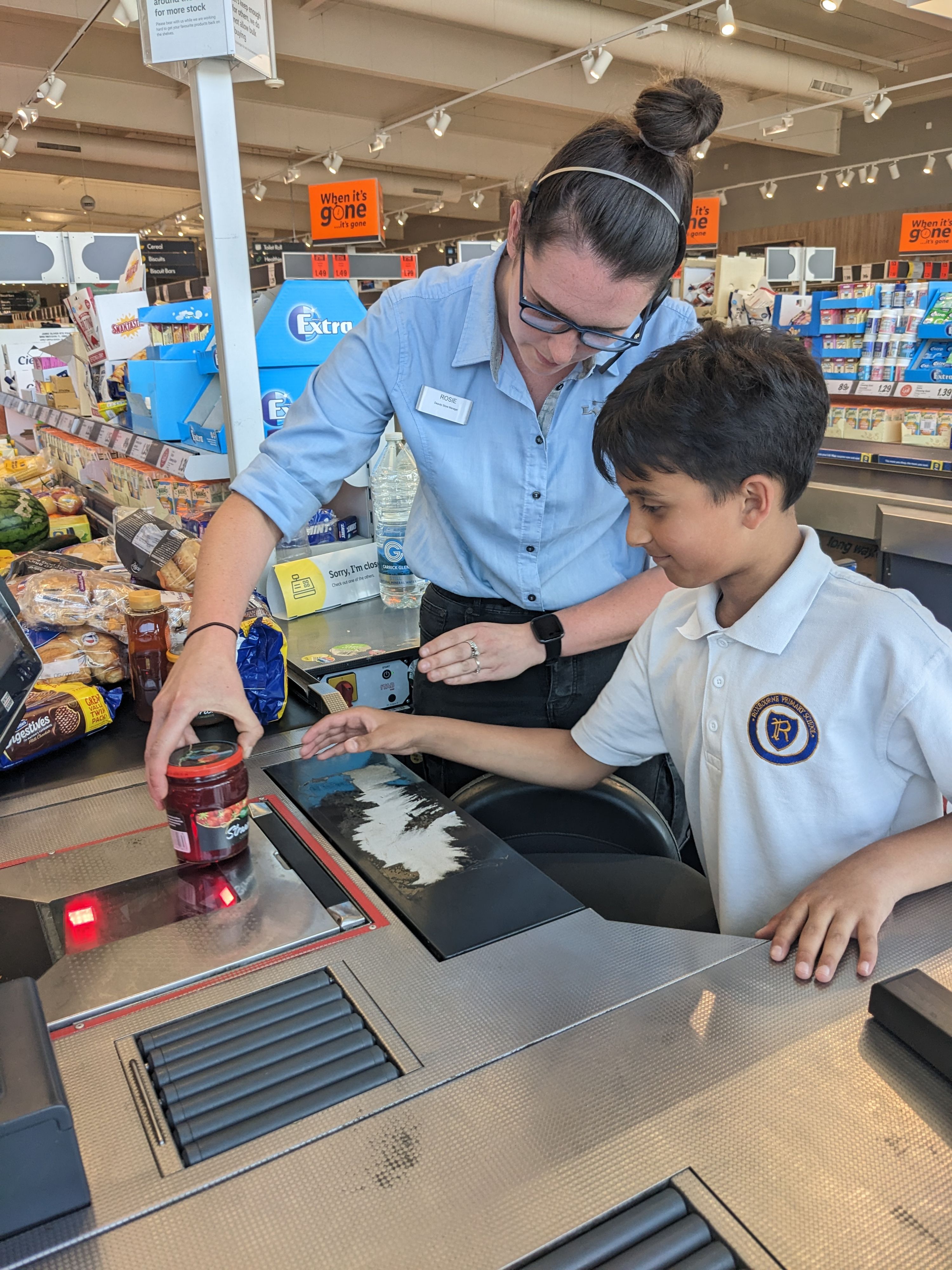Design and Technology



Vision
At Roxbourne, we feel it is vital to nurture creativity and innovation through design, and by exploring the designed and made world in which we all live and work.
Curriculum Design: How our curriculum is constructed and why?
Our Design and Technology curriculum gives pupils the opportunity to develop skills, knowledge and understanding of designing and making functional products. Our DT curriculum encourages our pupils to use their creativity and imagination to plan, design and evaluate projects that have functionality. Our staff plan using the Kapow curriculum partner framework which maps out the skills and knowledge pupils will need to be taught and how this progresses throughout the year groups.
Pupils are given the opportunity to make decisions about the design, innovation and authenticity of their products whilst exploring:
- Mechanisms: a mechanism is a device that changes an input force or motion into a different output force or motion;
- Cooking and Nutrition;
- Structures: building structures and exploring ways of strengthening, stiffening and reinforcing them;
- Textiles: is a material consisting of a network of fibres, such as cloth or woven fabrics; and
- Electrical systems.
We aim to ensure that learners develop technical and practical competencies, independently and as part of a team, as well as the wider skills that are crucial in our everyday life:
- Develop the creative, technical and practical expertise needed to perform everyday tasks confidently and to participate successfully in an increasingly technological world; and
- Understand and apply the principles of nutrition and learn how to cook.
Furthermore, we create cross-curricular links and opportunities to apply their learning within key events such as our residential programme where pupils will prepare, purchase and cook their own food or through whole school events, such as the Summar Fair, where pupils will design, make and sell products. This allows our pupils to practically apply their knowledge and skills when they are designing and creating new products. During the process, pupils are immersed in subject-specific language, and develop the confidence to use this vocabulary to articulate their ideas clearly. Each unit is based on one of the three key strands of cook, sew and build which provide the scope for all the knowledge and skill within the Design and Technology Curriculum. Within each of these units, pupils will be taught the aspects of design, process of design, context and events, existing designers and products and cross-curricular links.
Curriculum Delivery: What our curriculum looks and feels like in action?
DT is valued as a discrete subject that we link to other subjects to create a context and purpose for our practical work. It is taught in unit blocks across the school year within our school timetable where an hour a week is dedicated to either Art and Design or Design and Technology, depending on the unit of study in the curriculum overview. Each unit is linked to the wider curriculum so that learning is interconnected and built on prior learning. Our Design and Technology curriculum is taught by the class teacher who will develop the planning and adaptation based on resources provided through our partnership with Kapow. These resources are linked to the unit of study and help to embed key knowledge and skills.
Impact: How do we know our pupils are learning, understanding and remembering our intended curriculum?
Our teachers use the progression framework to support pupils' attainment and progress and to track the progress pupils make against the National Curriculum. At the end of each unit, pupils will take an assessment quiz to review their ability to recall the key knowledge and skill that they applied within the unit. Throughout the teaching of each unit the teacher will plan for formative assessment opportunities through Do Nows and knowledge catchers. We appreciate that there is low curriculum agreement between Design and Technology and assessment due to the variability and range of knowledge and skills, for example, a pupil may be more inept at cookery than building. Therefore, we promote our teachers to take a holistic view of assessment by reviewing a pupils' abilities across the different strands of Design and Technology.